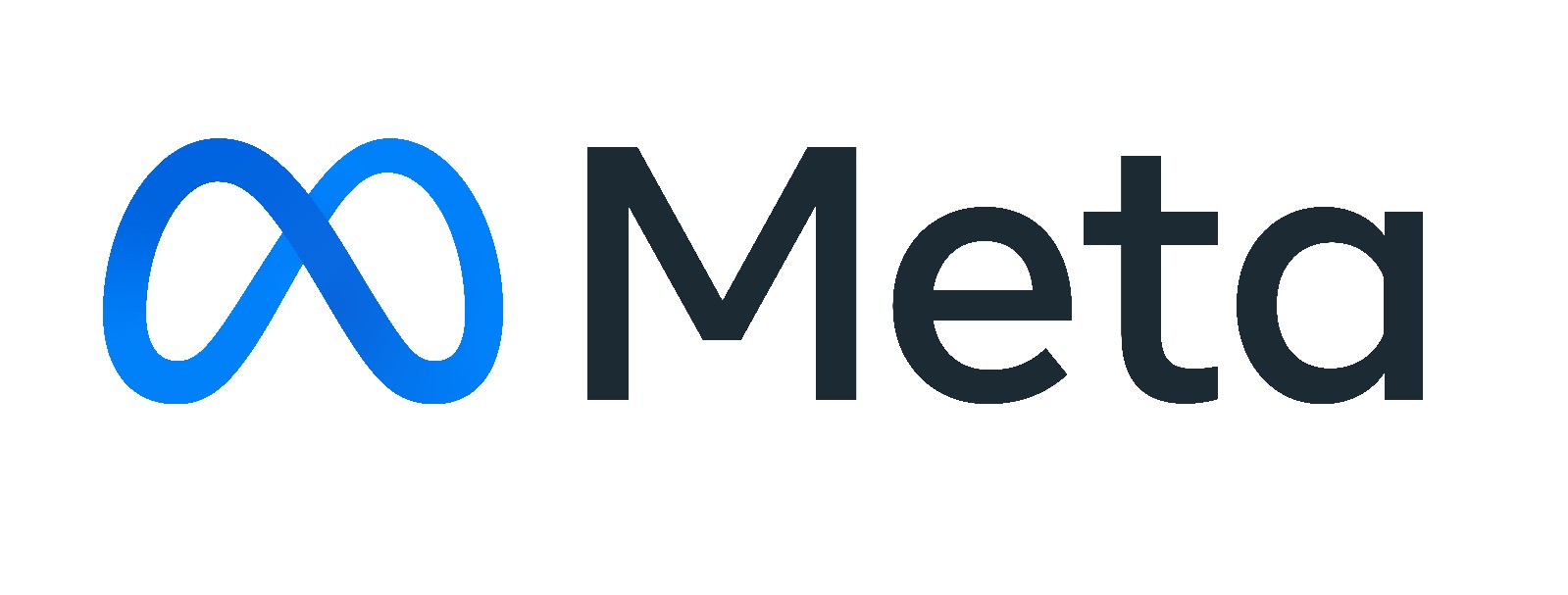
Together with sponsor Meta, Tyndall celebrates the winners and finalists of the 2021 Postgraduate Publication of the Year.
Despite the continuous pandemic challenges, our students once again showed outstanding discoveries and results as part of their PhD projects, some even opening major new possibilities in their field.
Dr Fatima Gunning, Head of Graduate Studies at Tyndall, praised the entries, saying: "Year on year our students really showcase their outstanding contributions to Tyndall’s Research Excellence through the Postgraduate Research Publication of Year competition. This time, we noticed new entries from students who started their research during pandemic and lockdowns, which were quite disruptive, but their perseverance, endurance and team support paid off with excellent results! Once again we saw early stage PhD students submitting their exceptional publications, so special awards as Rising Stars for 2nd and 3rd years were also included! Congratulations to all!"

Rising Star (Year 3)
“Laser to Laser power conversion with remote signaling”
1. What encouraged you to submit your application to the 2021 Postgraduate Research Publication of the Year?
I thought it would be a great opportunity to share our results with a wider audience and the Tyndall network and let everyone know about our research. As it was my first participation in publication completion, I liked including the application as a part of the process, which helps in communicating my research.
2. What inspired you to choose the subject of your paper?
My supervisor and co-supervisor introduced me the research subject. A power over fiber technology is an emerging field in remote powering application. From the studies, it inspired me that it is capable and better in performance for replacing electrical cable or a battery source for powering any devices in a remote unit, where we avoid any electromagnetic interference. This technology provides a galvanic isolation and is also available as a local power source, which would be used in implanting medical devices, diagnostic tools like endoscope, miniaturized systems and powering heavy instruments for observing marine environment.
3. What’s your paper about and how did you prepare for it? What role did research excellence play in your approach?
In our research, we have introduced a technique for converting laser power into an electrical power, based on the idea that a good emitter is also a good absorber.
Optical fibres are the medium for communicating information over long distances through the internet. The same fibre could also be used to send energy and so laser power conversion is becoming of increasing interest as a means for delivering power to both hazardous and remote locations such as in wind turbines and transmitters for 5G. The transmission distance is however limited as the best power converters are not suitable for single mode optical fibres.
Our solution is to develop a power converter where the fibre is transparent. The form of this patented converter is to pump one laser by another. By doing so, we have demonstrated some remarkable properties for the power conversion, initially at the level of 40 mW. Firstly, we achieved an internal conversion efficiency of 57%, which is a record for this wavelength region. Furthermore, we obtained an open circuit voltage in excess of the bandgap for the first time. Finally, we were able to demonstrate remotely powered return data transmission at a high bandwidth of 500 Mbps using the same device. Further work is underway to advance the performance of this unique strategy to power and data delivery.
4. The selection for Research Publication of the Year is extremely competitive. What is your advice for those aspiring for nomination next year?
The reward of published work includes having as many people as possible reading your paper; Thus, it’s worthwhile to participate in activities like this as it helps communicate your research.
5. What is the single most significant support Tyndall has been able to offer you in achieving your research goals? (Please provide any detail on additional supports that assisted? How has Tyndall enabled you to fulfil your potential in this regard?)
I received enormous support and guidance from my supervisor Brian Corbett and co-supervisor Brendan Roycroft. The achievement was possible by having access to labs in Tyndall during the time of the pandemic.
Meena Baskaran; Brendan Roycroft, Meena Baskaran, David McMahon, and Brian Corbett, “Laser to Laser power conversion with remote signaling”, Optics Express (Optica) 29, 16611-16618 (2021).